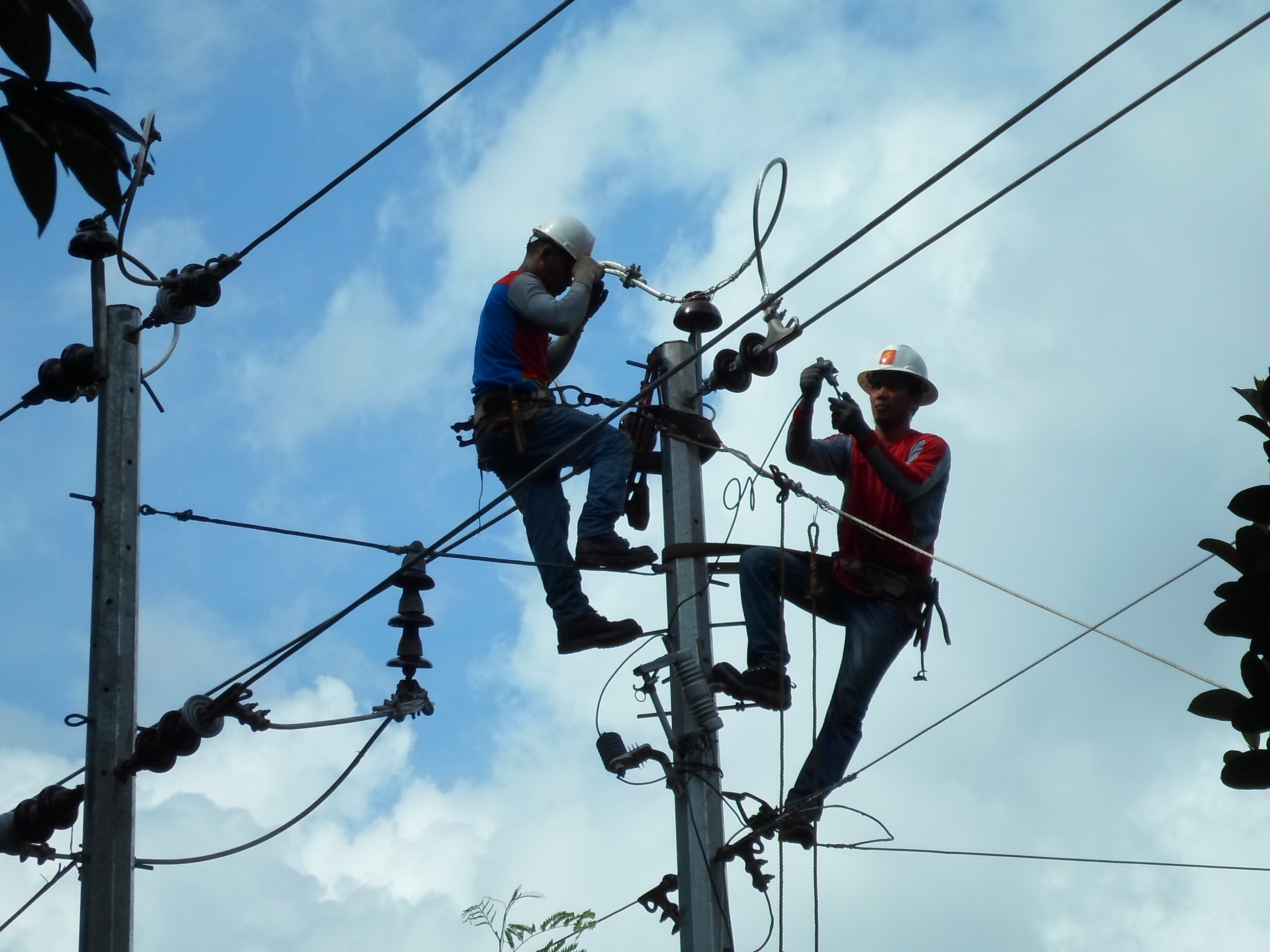In response to the worsening problem on power quality and system loss which has long beleaguered the distribution system, BILECO had implemented the reconductoring project in the third quarter of 2016.
The project was the brainchild of the OIC General Manager Gerardo N. Oledan as the immediate feasible solution to address the worsening situation of BILECO’s aging distribution line. Said project was in line with the Coop’s mandate to provide a reliable, safe, quality and efficient electric service in its franchise area and the province of Biliran.
In an energy forum with stakeholders, Oledan recalled BILECO’s capital expenditure (CAPEX) application filed in 2011 with the Energy Regulatory Commission (ERC). The application contains major network projects like the construction of a new sub-station, construction of a 69-kV line between Biliran and Naval and the re-configuration of feeders where a separate line will be dedicated to business establishments and public buildings in the capital town.
Oledan professed, however, that said application is still pending for approval by the Commission which left the Coop no option but avail alternative way to solve the existing problem with urgency. The decision to single out reconductoring project as the best option came after an exhaustive study on cost-benefit analysis and other technical considerations. The project was funded from a loan obtained from NEA amounting to P8 million with no rate impact on the part of the consumers.
The project which commenced on July 17, aimed to replace the existing three-decade old 2/0 ACSR cable with 336.4 ACSR in Feeder 1 and 4/0 ACSR in Feeder 2. The scope of the project covers a distance of 14 kilometers in Feeder 1 between San Roque, Biliran (Sub-station) to Atipolo, Naval and another 16 kilometers in Feeder 2 between San Roque, Biliran (Sub-station) to Bunga, Cabucgayan.
Replacement of cables required a series of outages every week for a period of five months based on the tentative work schedule by the Technical Services. With the demands to allay the inconvenience of the project, BILECO, in consultation with its stakeholders, decided to ask assistance from Region 8 ECs through a Task Force Kapatid composed of more than 100 linemen. The 12 successive Saturdays of interruption was shortened to just three consecutive days from September 9 to 11 in Feeder 1.
Oledan expressed his gratefulness to the members of Region 8 electric cooperatives for their support and assistance in advancing and fulfilling its mission.
IMPACT OF THE PROJECT
True to its projected outcome, a historic drop of system loss was reported based on the Coop’s latest Monthly Financial Statistical Report (MFSR), the lowest in the recent years.
The December 2016 data revealed a system loss with SSLA of 6.57% compared to 16.33% in July of the same year, right before the implementation of the project. System loss is one of the performance indicators under the Key Performance Standards (KPS) and the EC Categorization which determines the performance rating of an electric cooperative. The Coop’s performance for the years 2014 and 2015 lagged behind due to its high losses.
Although system loss made a remarkable improvement in the last quarter, the average losses for the year 2016 is still at 13.85%, still beyond the cap of 13% set forth by the National Electrification Administration.
The management and the Board are committed to sustain the momentum by intensifying and prioritizing projects for system loss reduction for the year 2017 onwards.







